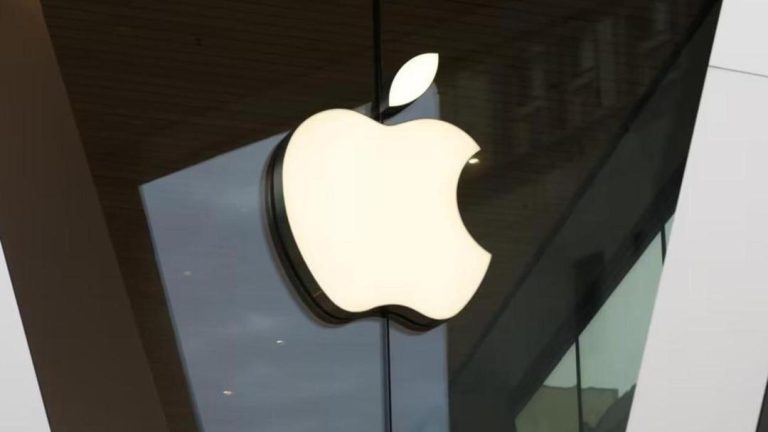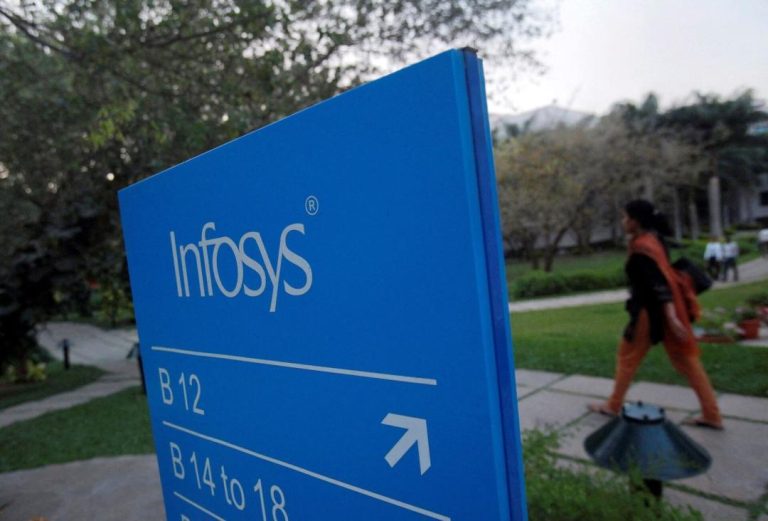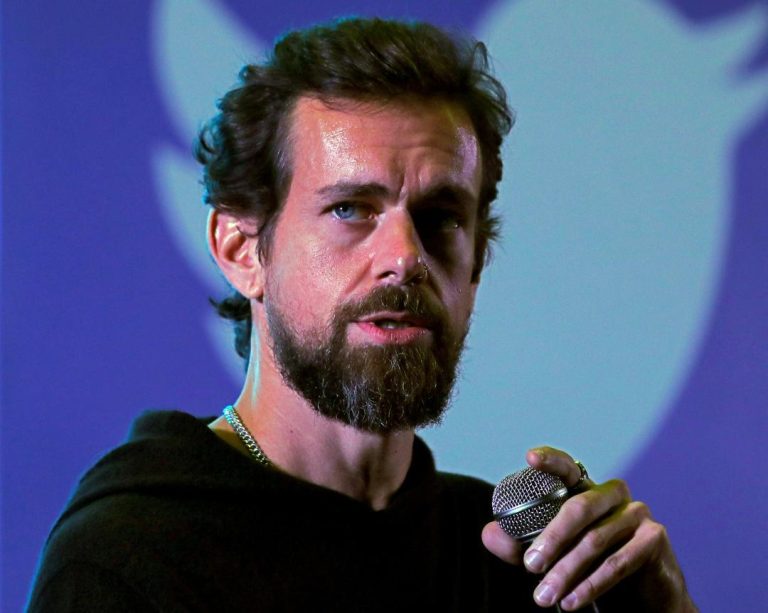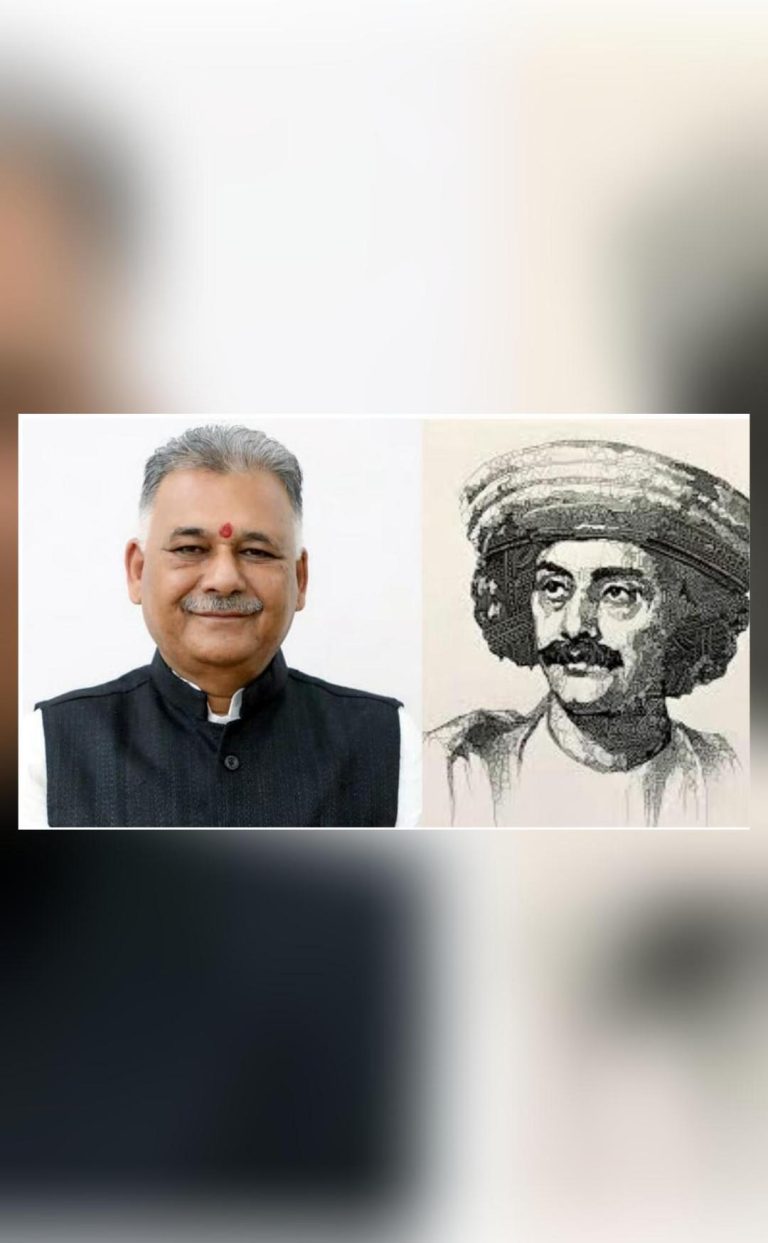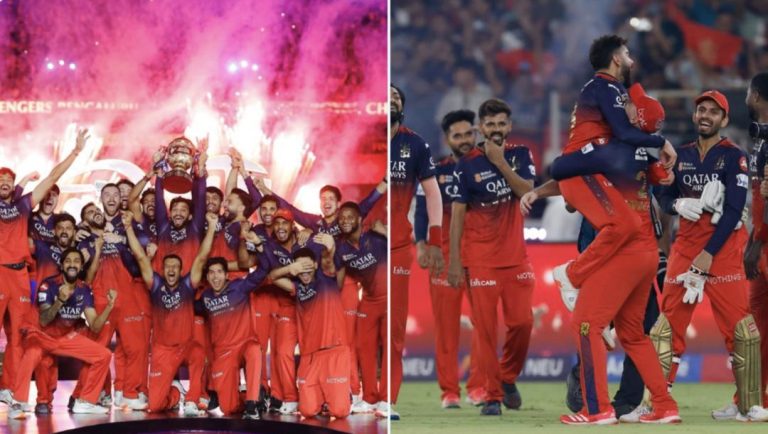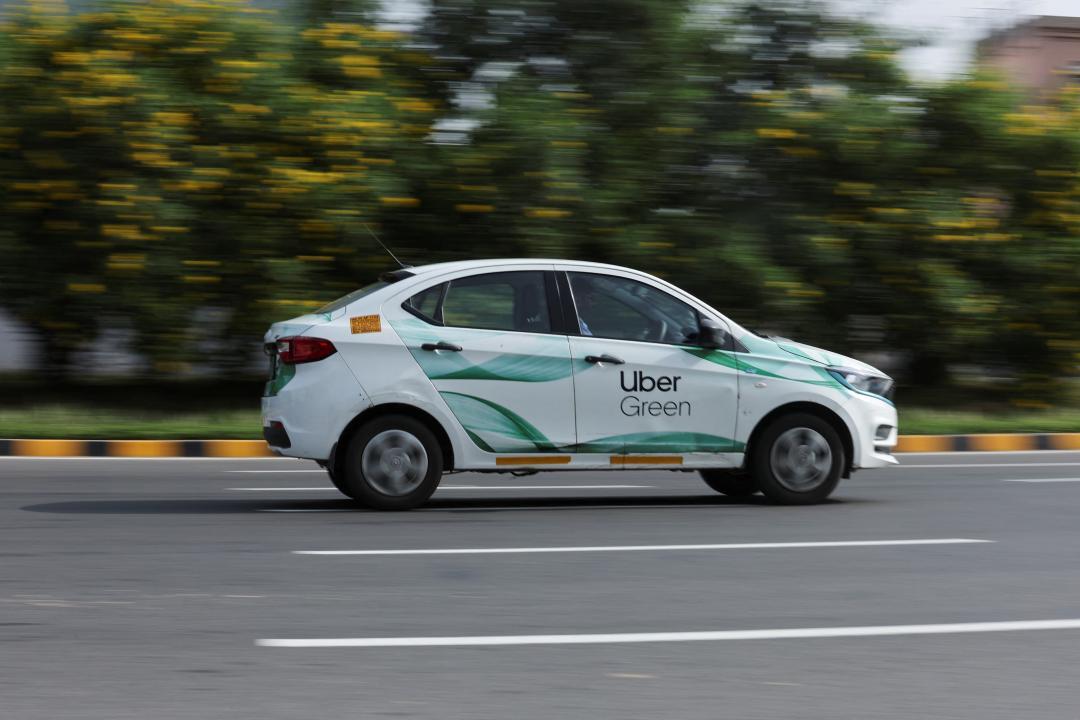
Why are Ola, Uber & Rapido drivers on indefinite strike in Mumbai?
In a move that has left commuters in Mumbai stuck in traffic, drivers for ride-hailing services like Ola, Uber, and Rapido have gone on an indefinite strike, causing disruptions and longer wait times for passengers. According to reports, the strike began on a recent Sunday morning, with drivers from these companies gathering at various locations across the city to protest what they claim are unfair earnings.
So, what’s behind this sudden strike, and why are the drivers demanding change? In this post, we’ll delve into the issues driving the strike and explore the concerns of the drivers who are at the forefront of this protest.
The Drivers’ Concerns
According to reports, the main issue driving the strike is the low earnings of the drivers. They claim that after deducting aggregator commissions and fuel expenses, their actual income falls to just ₹8-12 per kilometre. This, they say, is unsustainable, especially with rising fuel and maintenance expenses.
Rahul, a driver for Ola, told NDTV, “We are not getting any benefit from this service. We are working hard, but our earnings are very low. We are not able to sustain our families with the income we are getting.”
Another driver, who wished to remain anonymous, echoed similar sentiments, saying, “We are not just struggling to make ends meet, but we are also facing huge expenses. The fuel costs have increased, and we have to pay for maintenance and other expenses out of our own pocket.”
The Striking Issue: Unfair Earnings
The issue of low earnings is not new to the ride-hailing industry. In recent years, there have been numerous reports of drivers complaining about the low earnings and the high commissions charged by the aggregators. In fact, in 2018, Ola and Uber drivers in Bengaluru went on a strike over similar issues.
The drivers’ union, which represents many of the strike participants, claims that the aggregators are making huge profits while the drivers are barely scraping by. According to them, the profits made by the aggregators come directly from the pockets of the drivers.
“The aggregators are making huge profits, but the drivers are not getting their due share,” said Ashok Datar, president of the Indian Federation of App-Based Transport Workers. “We are demanding a fair share of the profits and better earnings for the drivers.”
The Impact on Commuters
The strike has had a significant impact on commuters in Mumbai, with many reporting longer wait times and fewer cabs on the road. The strike has also led to an increase in traffic congestion, as more people are forced to use alternative modes of transportation.
“I was supposed to take a cab to work, but there were none available,” said Priya, a commuter. “I had to take a bus, which took twice as long as usual. It’s really frustrating.”
The Way Forward
So, what’s the way forward for the drivers, the aggregators, and the commuters? The strike has highlighted the need for a more sustainable and equitable model for the ride-hailing industry.
The aggregators, such as Ola and Uber, will need to re-examine their commission structures and ensure that they are providing a fair share of the profits to the drivers. They may also need to consider implementing measures to reduce costs for the drivers, such as providing better fuel efficiency or reducing maintenance expenses.
The drivers, meanwhile, will need to continue to organize and push for their rights. A more united and coordinated approach will be necessary to achieve their goals and secure better earnings.
Ultimately, the strike is a wake-up call for the ride-hailing industry, highlighting the need for a more sustainable and equitable model. As the industry continues to grow and evolve, it’s essential that the drivers are treated fairly and that their concerns are addressed.
Source:
